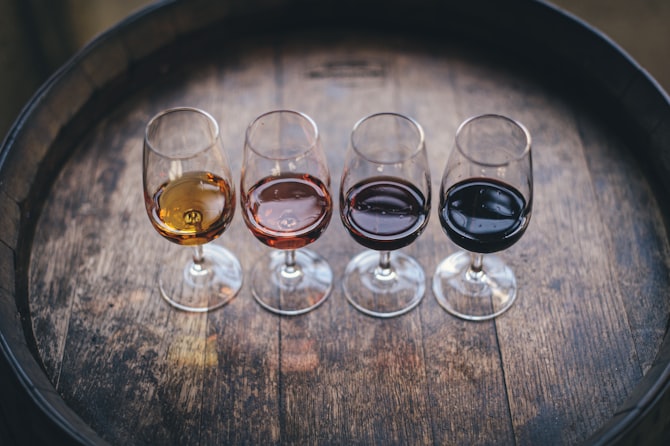At a recent tasting by a Swedish importer (Handpicked), I was stopped in my tracks by a range of organic Australian wines. Every bottle, from the reserve syrah to the grenache to the chardonnay and the marsanne varietals, had a wonderful balance and nice, natural acidity. They simply had the freshness many Aussie wines in this price range (between 9-18€/11-25USD) lack, in favor of ripe fruit intensity.
The bottles said “Orange” - an area of Australia a few hours from Sydney and the Hunter Valley of which I know too little. Jonathan Scott is executive director and part owner of Tamburlaine (together with chief winemaker Mark Davidson). Scott was kind enough to ring me up on Skype to talk about their winery, which is the largest organic producer in Australia. “Orange is one of the coolest regions in Australia,” he explains and notes the effect of the elevation, just shy of 900 meters, for their key Orange vineyards. “Our wines have a good natural acidity,” he says and points out the nearby mountain ranges which additionally catch the worst of the rains.
Jonathan Scott is convinced that the transformation from conventional to organic farming has helped in bringing out the varietal character in Tamburlaine’s wines. “Since we converted to organic farming we get a good varietal character development a little bit earlier.” Picking earlier means more natural acidity, lower (ahem) alcohol and less jammy fruit. “Australian soils are often deficient in carbon, the switch to organic farming gave us much healthier soils with higher carbon content, more akin to the soils of the European regions where these varieties are traditionally grown,” says Scott and ponders if this might be the key to the earlier maturation of the flavors.
Tamburlaine has four growing areas of their own. The largest one, at 100 hectares, is in Orange and is run biodynamically. The smaller one is in Hunter Valley, producing certified organic grapes. “People thought we were crazy to convert to organic in the wet Hunter Valley, but after the positive experiences in Orange we were confident,” says Scott. Going over to organic farming was based on a deep-seated wish to “save the world” he explains. Rather, it stemmed from a desire to improve the soils they had in Hunter Valley. “The results were so impressive with very step we took toward organic that we just kept going,” he says and exclaims, “We don’t understand why everyone isn’t farming organically!” Production costs have not increased - what they spend on extra weed control they save with healthier vines and fewer sprays. Swings and roundabouts.
Tamburlaine Reserve Syrah 2008, (Systembolaget nr 75320, 169 sek BS) a clean, peppery shiraz (called by its French name syrah to denote a more elegant, lighter style). Think tart, red cherries, a touch of liquorish root and bread spices. Structure in dry tannins and good acidity makes this a wine which can age well, or be had now with a proper Aussie rack of lamb, preferably decanted (the wine, not the lamb).
Tamburlaine Reserve Chardonnay 2009 (Systembolaget nr 75321, 149 sek BS) is a mix between the old-world style of Burgundy with its tangy acidity, mixed with a dash of warmer fruit flavors like melons and peaches from the Australian continent. Creaminess and a touch of mushroom from fermentation in oak. Balanced and fresh, it's a good option to get the juices flowing before a meal, or maybe with "shrimp on the barbie"?
Tamburlaine Shiraz Cabernet Sauvignon 2009 (Systembolaget nr 6360, 94 sek) a brief memory of Swedish Christmas as the spicy scent of cloves and vanilla hits the nose, followed by light red and black currant and blackberry and some green herbal notes. An easy drinking wine for food, with the trademark cool-climate acidity. At 14.5 percent alcohol, you'll need the food regardless. Try it with a juicy deluxe burger or moose or reindeer with lingonberries.
PS The more premium part of their range, including the wines above, will make it to the US in the coming year.
Av: Erica Landin











